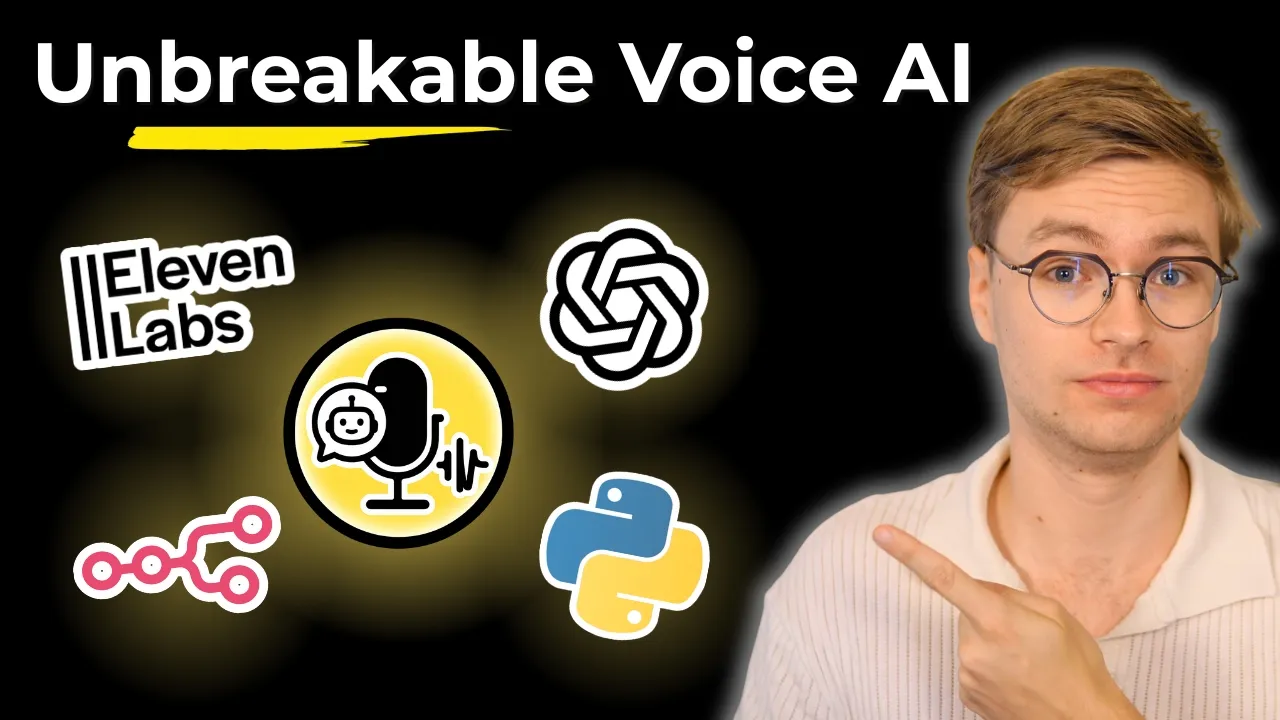AI Freight Status Calls
Freight teams know that status calls can make or break shipper trust. Volume spikes whenever weather hits or a facility backs up, and human reps cannot always keep up. Traditional voice bots claim they can help but fall apart as soon as a consignee shares extra context. In the video, the unsupervised agent ignored a frustrated caller because it clung to the original prompt. Logistics teams see the same mistake when a customer stacks tracking numbers, exceptions, and credit demands in one breath. A moderator loop solves that problem by supervising the entire conversation, checking progress against a shared checklist, and guiding the agent toward the next best response.
Freight Calls Need Structured Memory
Customers expect the agent to recognize shipment IDs, lane specifics, and service level agreements. A single prompt cannot hold all of that once the call extends. The voice bot forgets escalation rules, skips condition checks, and offers contradictory information. That is how churn and penalty clauses surface.
By pairing the agent with a moderator sharing the same system prompt, you get a coach that keeps the call on mission. In the demo, the moderator told the agent to acknowledge frustration and capture improvement ideas. Applied to freight, it nudges the agent to confirm reference numbers, log damage details, and recommend the right escalation path.
Build the Logistics Checklist
Define the structured data you need from every status call:
- Shipment or load identifier, origin, destination, and carrier
- Current location update, delay reason, and estimated resolution
- Condition notes, proof of delivery updates, or exception categories
- Next steps such as redelivery windows, claims process, or account manager follow-up
Place this checklist in the shared prompt so the moderator can catch missing fields. When the agent forgets to record a delay reason, the moderator suggests a precise question instead of restarting the script. This disciplined documentation mirrors AI Agent Development Practical Guide for Engineers.
Keep Professional Tone Under Pressure
Freight conversations carry financial stakes. The moderator keeps tone balanced by coaching the agent to:
- Acknowledge downstream impact without overpromising
- Clarify what information is still needed to resolve the issue
- Offer escalation to a human team when contracts or penalties enter the conversation
The same coaching transformed the demo call, and scaled across customers it protects relationships during disruptions.
Turn Calls Into Route Intelligence
Structured transcripts let operations teams spot problematic lanes, repeat exceptions, and carriers that need coaching. Customer success can surface accounts at risk, and finance can forecast penalty exposure. Pair these insights with AI Agent Evaluation Measurement Optimization Frameworks to report on first-contact resolution, claim rates, and satisfaction.
Deploy Gradually Across the Network
Start with proactive updates for high-volume lanes or consolidated shippers. Compare call outcomes against human reps, review moderator coaching transcripts, and refine the checklist with account manager feedback. Once you reach parity on data accuracy and sentiment, expand to exception handling and after-hours coverage. Maintain prompt alignment using AI Agent Documentation Maintenance Strategy.
Next Steps
Watch the video walkthrough to see how the moderator packages checklist status, coaching, and suggested prompts. Then adapt the pattern to your transportation management stack. Inside the AI Native Engineering Community we share freight-focused scripts, escalation matrices, and deployment guides. Join us to deliver freight status updates that keep shippers confident even when routes get messy.

